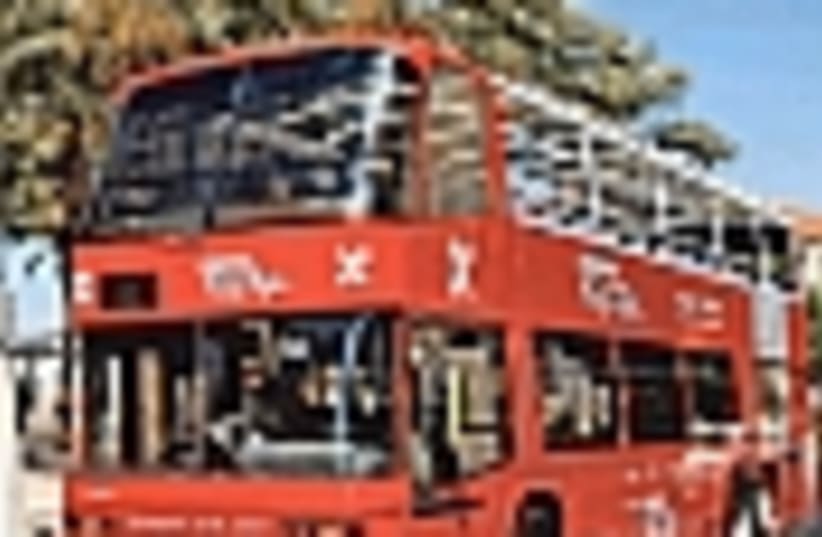| More about: | Mahane Yehuda Market, Mount Scopus, Jerusalem, Ramat Gan |
Bused up
There's a new look for Jerusalem's 99 bus line. But with a reduced route, no accessibility allowances and a steep price, will tourists get on board?


| More about: | Mahane Yehuda Market, Mount Scopus, Jerusalem, Ramat Gan |